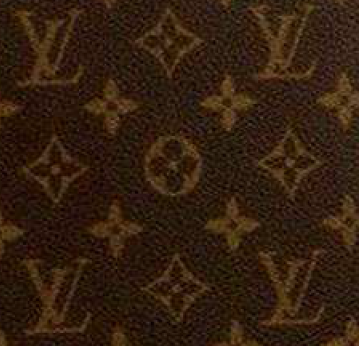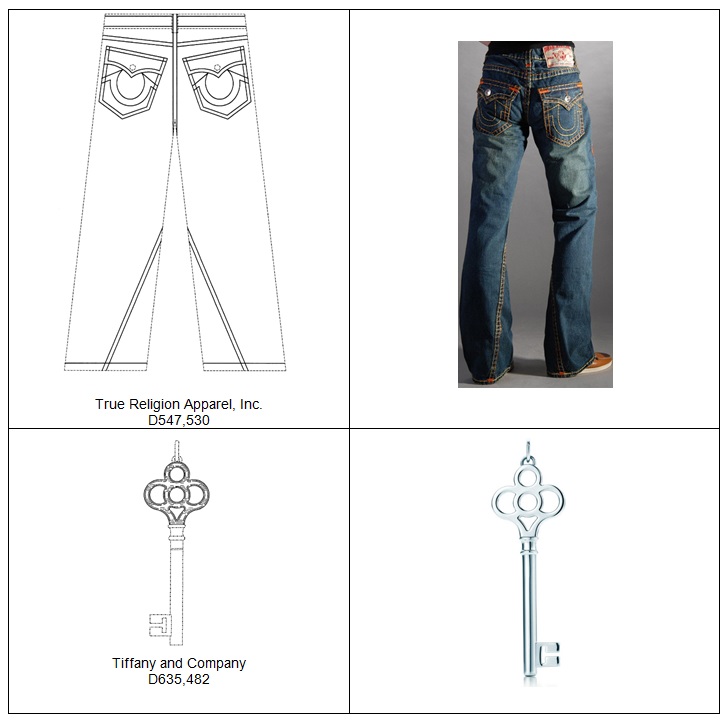
How Does the Supreme Court’s Recent Ruling on Incontinence Products Spill Over into Fashion?
On March 21, 2017 the Supreme Court issued a monumental holding removing the availability of laches as a defense in a claim for damages under patent infringement. The case changes decades of legal precedent, and adopts reasoning similar to that used by the Court in a 2014 copyright case. While the patents in question relate to adult incontinence products, the effects of the ruling are widespread, and are already starting to make an imprint in the fashion industry.
Many players in the fashion industry make use of the protections offered under patent and copyright law to create and maintain exclusivity in their designs. The Supreme Court’s recent decisions can be expected to alter how rights holders strategize and prioritize their pursuit against infringers.
Case Summary
In SCA Hygiene Products v. First Quality Baby Products the Supreme Court eliminated the defense of laches in patent infringement claims for damages. SCA Hygiene Products Aktiebolag v. First Quality Baby Products, LLC, 580 U. S. ____ (2017). In reaching this outcome, the Supreme Court followed its reasoning in the 2014 case, Petrella v. Metro Goldwyn Mayor that eliminated the defense of laches in connection with copyright infringement claims for damages. Petrella v. Metro Goldwyn Mayor, 572 U.S. ___ (2014). The defense of laches allows a defendant to get an infringement claim tossed out on the grounds that the plaintiff unreasonably delayed in bringing the case. By way of example, if a plaintiff knew or should have known about an infringement, but delayed unreasonably in bringing the suit, under the laches defense a defendant could get the claim dismissed. The Supreme Court’s holdings eliminate the laches defense from patent and copyright defendants when the issue relates to monetary damages. The holding does not limit the defense in connection with equitable remedies, such as injunctions, and does not eliminate other legal defenses that a defendant may seek, such as equitable estoppel.
Under the Supreme Court’s rationale, both the patent and copyright statutes include a statute of limitations, which creates a time bar on plaintiffs for bringing an action. The Court reasons that it would have been “exceedingly unusual” for Congress to have codified a statute of limitations, which already creates a time bar for bringing a case, and to have intended for laches to apply.
What does this mean for patent and copyright plaintiffs and defendants?
Under the new standard, a plaintiff can bring an infringement case for patents in any 6-year period, and for copyrights, in any 3-year period, within which infringement has occurred. This is regardless of when the infringement first occurred or when the plaintiff first learned of the infringement. Under both patent and copyright law, each violation constitutes a separate infringing act with its own statute of limitations. Accordingly, if a plaintiff learns about an infringement, it can theoretically choose to hold off on bringing a suit for years, or perhaps even decades in the case of copyrights. So long as an instance of patent or copyright infringement has occurred within 6 years or 3 years (respectively) of when the suit was brought, the plaintiff has grounds to seek monetary relief.
This outcome seemingly provides a benefit to plaintiffs, giving them more leeway in strategizing their pursuit against infringers. On the other hand, as the dissent argues, this system may reduce certainty for product manufacturers. In theory, a patent or copyright holder can wait until an infringing product is at its peak success to sue for infringement. That could tip the scales against product manufacturers who invest time and money in growing the business. According to the dissent, this outcome is particularly unfair to infringers who are not aware that their products are infringing.
How does this affect the fashion industry?
This holding is relevant to fashion designers who rely on patents and copyrights to gain exclusivity to their designs and who also rely on those intellectual property rights to stop infringers.
Under copyright law, designers can get protection for certain elements of their designs that are considered separable from the functional aspect of the clothing. Although the particular fashion design (e.g. cut, dimensions, shape) may not be protected, designers can protect elements such as fabric patterns, 2D artwork printed on clothing, and separable sculptural elements such as belt buckles. See, for example, the following:



(Examples of elements of fashion that are protectable by copyright)
Similarly, fashion designers can use patents (particularly design patents) to help protect certain fashion designs. Design patents can be particularly useful for novel fashion pieces that are expected to have shelf longevity. The turn-around time of patents (on average 12-18 months for design patents and 3 years for utility patents) makes it an impractical solution for seasonal fashion, but can provide useful protection for designs that are expected to last. The following designers, for example, have registered design patents for some of their pieces:


Given the relevance of patents and copyrights in the fashion industry, we should expect that the Supreme Court’s rulings will have an impact on fashion cases and fashion strategy moving forward. For example, we are already seeing its impact as applied to the case Romag Fasteners, Inc. brought against Fossil, Inc. alleging that Fossil’s wallets, purses, and handbags infringe on Romag’s patented magnetic snap fasteners. The lower court awarded Romag damages in the case, but adjusted those damages downward after finding that Romag’s delay in bringing the suit (until just before Black Friday!) constituted laches. Romag appealed, and on March 27, 2017 the case was remanded back to the lower court for further consideration in light of the Supreme Court’s holding in SCA Hygiene. We expect that many cases will be affected by the SCA Hygiene and Petrella holdings. However, how the impact will unfold in the fashion world is yet to be seen.

